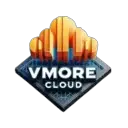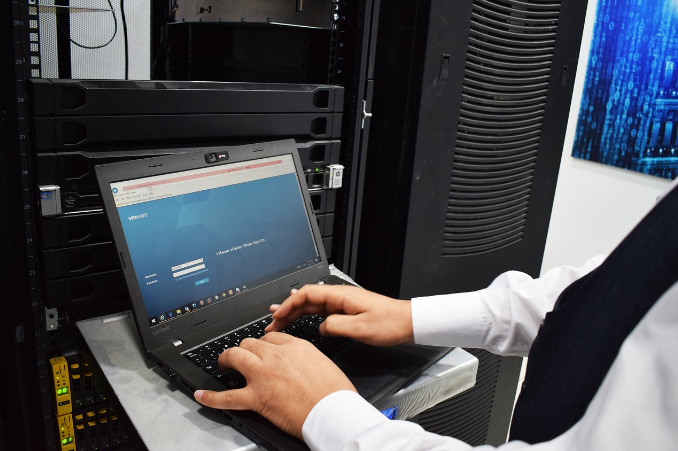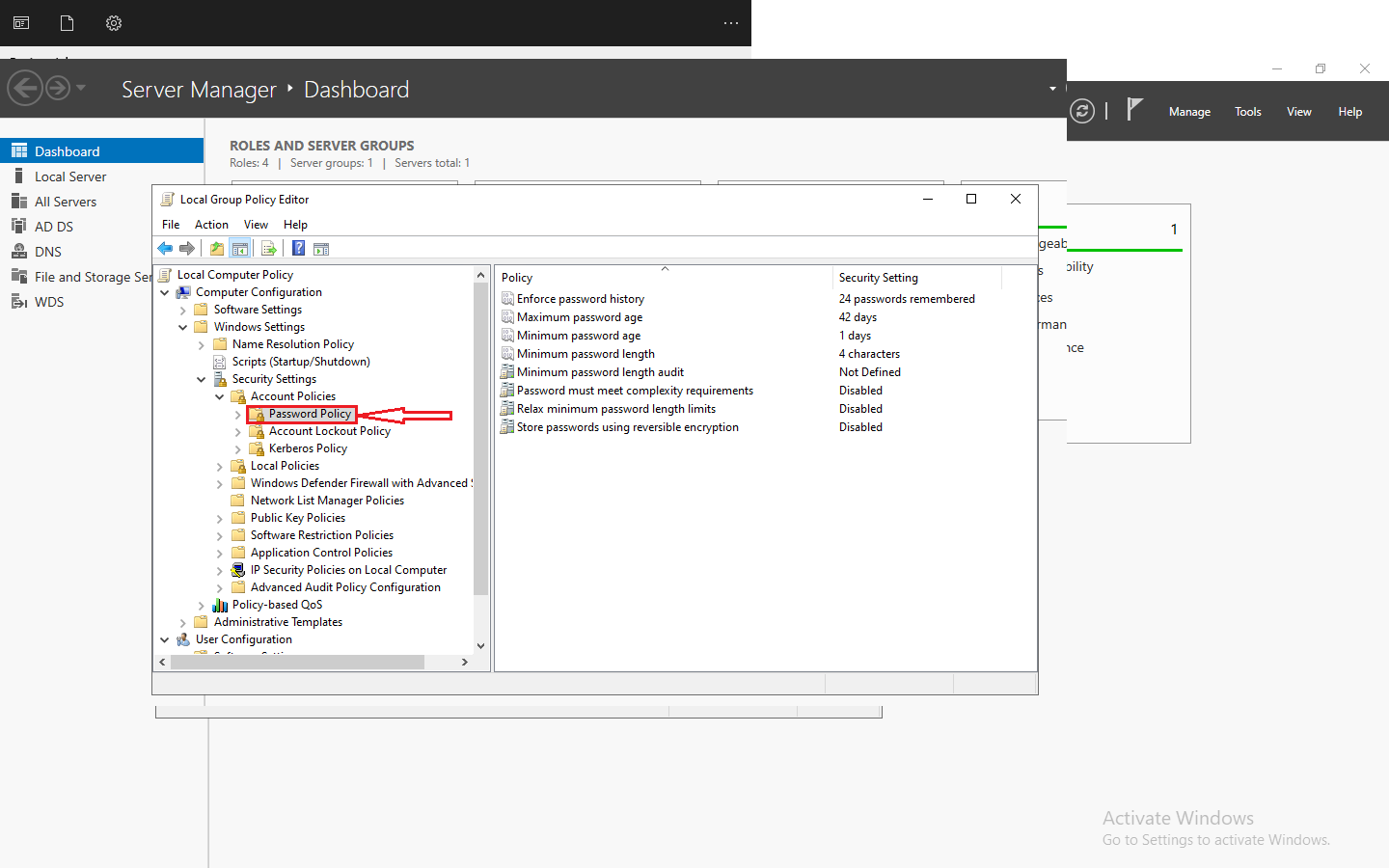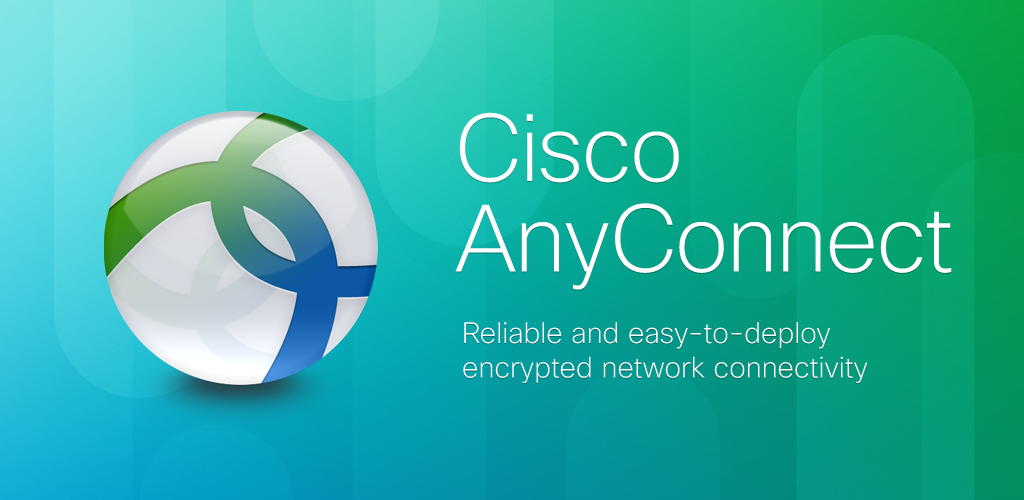Table of Contents
Introduction to vCenter Server Single Sign-On
In this blog post we will talk about VMware vCenter Single Sign on. vCenter Server Single Sign-On (SSO) is a fundamental and essential component of VMware’s vCenter Server. It serves as a pivotal and indispensable element in providing a highly secure and remarkably simplified user authentication experience across a wide range of vSphere services. The primary objective of SSO is to enable users to log in just once, granting them seamless access to all associated systems without the tedious need to log in separately to each individual system. In this enlightening blog post, we will delve into the intricacies of vCenter Server Single Sign-On, exploring its numerous benefits, and comprehending how it significantly enhances the overall security and management of vSphere environments.
Understanding the vCenter Single Sign-On Server Architecture
The vCenter Server Single Sign-On architecture is designed to provide a scalable and resilient identity management system for our VMware environment. At the core of this architecture is the SSO server, which acts as the central hub for user authentication and authorization.
- SSO Server Components:
- Identity Source: VMware vCenter Identity Source is a feature that allows users to authenticate and authorize access to vCenter Server and its associated services. It provides a centralized repository for user credentials and enables administrators to manage user access and permissions effectively. By integrating with various identity sources such as Active Directory, LDAP, and local operating system users, vCenter Identity Source ensures secure and seamless authentication for users across the virtual infrastructure.
- Identity Provider: The VMware vCenter Identity Provider is designed to seamlessly integrate with various authentication methods, including Active Directory, Lightweight Directory Access Protocol (LDAP), and Security Assertion Markup Language (SAML). This flexibility allows organizations to leverage their existing identity management systems and provide a unified login experience for their users.
- Lookup Service:
VMware vCenter Lookup Service is a crucial component of the VMware vCenter Server, which is a centralized management platform for virtualized environments. The vCenter Lookup Service plays a vital role in providing a centralized and efficient way to discover and access various services within the vCenter Server ecosystem. It acts as a directory service, allowing administrators to easily locate and connect to the different services and resources available in their virtual infrastructure.
The vCenter Lookup Service enables seamless communication and integration between different components and services within the vCenter Server environment. It provides a mechanism for registering and discovering services, ensuring that they can be easily located and accessed by other components. This helps to streamline the management and administration of virtualized environments, making it easier for administrators to deploy, configure, and manage their virtual machines and resources.
By leveraging the vCenter Lookup Service, administrators can simplify the management of their virtual infrastructure. They can easily locate and connect to various services, such as the vSphere Web Client, vCenter Server Appliance, and other VMware solutions. This centralized approach to service discovery and access enhances the overall efficiency and productivity of administrators, as they can quickly navigate through the different components and services within their virtual environment.
Furthermore, the vCenter Lookup Service also provides fault tolerance and high availability capabilities. It supports the deployment of multiple instances of the service, ensuring that there is no single point of failure. This redundancy ensures that the lookup service remains accessible and operational even in the event of a failure or outage, guaranteeing continuous service availability for administrators and users.
- SSO Server Deployment:
- Single-node Deployment: VMware vCenter SSO Server Deployment. Single-node Deployment is the process of setting up the VMware vCenter SSO Server in a single-node configuration. This deployment method allows for a simplified and streamlined installation of the SSO Server, making it easier for users to authenticate and access their virtualized environments. By following the steps outlined in the deployment guide, administrators can quickly and efficiently deploy the SSO Server, ensuring a secure and reliable authentication mechanism for their VMware infrastructure. With this single-node deployment, organizations can benefit from the enhanced security and centralized management capabilities provided by the VMware vCenter SSO Server, without the complexity of a multi-node setup. This deployment option is ideal for smaller environments or those with limited resources, as it offers a cost-effective solution that meets the authentication needs of the organization.
- High Availability Deployment: For larger or mission-critical environments, a high availability deployment with multiple SSO server instances is recommended to ensure redundancy and failover capabilities.
- SSO Server Integration:
- vCenter Server Integration: As mentioned earlier, vCenter Server must be registered with the SSO server to enable seamless user authentication and access to the virtualized infrastructure.
- Other VMware Components Integration: In addition to vCenter Server, other VMware components, such as ESXi hosts, VMware Horizon, and VMware NSX, can be integrated with the SSO server to provide a unified authentication experience.
By understanding the vCenter Single Sign-On server architecture, I can ensure that our VMware environment is configured to leverage the full potential of this identity management system, providing a secure and efficient user access experience.
Registering vCenter Server with vCenter Single Sign-On
The first step in leveraging the power of vCenter Server Single Sign-On is to properly register our vCenter Server with the SSO service. This process ensures that our vCenter Server can communicate with the centralized identity management system, allowing users to authenticate and access the necessary resources.
- Accessing the vSphere Web Client: To begin, I’ll log in to the vSphere Web Client and navigate to the “Administration” section.
- Configuring the SSO Server: Within the “Administration” panel, I’ll locate the “Single Sign-On” option and click on it. This will take me to the SSO server configuration page, where I can review the current settings and make any necessary adjustments.
- Registering vCenter Server: In the SSO server configuration, I’ll find the option to register my vCenter Server with the SSO service. This involves providing the necessary credentials and connection details to establish the trust relationship between the two components.
- Verifying the Registration: After completing the registration process, I’ll ensure that the vCenter Server is properly connected to the SSO server by checking the status and connection details in the vSphere Web Client.
By following these steps, we can seamlessly integrate my vCenter Server with the vCenter Server Single Sign-On service, paving the way for a more secure and efficient user authentication experience.
Benefits of using vCenter Server Single Sign-On
Implementing vCenter Server Single Sign-On offers a range of benefits that can significantly improve the overall management and security of our VMware environment. Let’s explore some of the key advantages:
- Streamlined User Authentication: With vCenter Server Single Sign-On, users only need to authenticate once to gain access to multiple VMware components. This eliminates the need for separate logins, reducing the risk of credential fatigue and improving user productivity.
- Centralized Identity Management: The SSO server acts as a centralized hub for user authentication, allowing us to manage user accounts, permissions, and access rights from a single location. This simplifies the administration and maintenance of our VMware infrastructure.
- Enhanced Security: By consolidating user authentication, vCenter Server Single Sign-On helps mitigate the risk of credential theft and unauthorized access. The SSO server’s integration with identity sources, such as Active Directory, ensures that user identities are managed and secured according to our organization’s policies.
- Improved Compliance and Auditing: The centralized identity management system provided by vCenter Server Single Sign-On enables us to better monitor and audit user activities, facilitating compliance with industry regulations and internal security standards.
- Scalability and Flexibility: The vCenter Single Sign-On architecture is designed to scale, allowing us to accommodate growth in our VMware environment without compromising the authentication and authorization processes.
- Seamless Integration with Other VMware Products: Beyond vCenter Server, vCenter Server Single Sign-On can be integrated with other VMware products, such as VMware Horizon and VMware NSX, providing a unified user access experience across our virtualized infrastructure.
By leveraging the benefits of vCenter Server Single Sign-On, we can streamline user access, enhance security, and improve the overall efficiency of our VMware environment.
Enhancing Security with vCenter Server Single Sign-On
One of the primary advantages of using vCenter Server Single Sign-On is its ability to enhance the security of our VMware environment. Let’s explore some of the key security features and best practices:
- Secure Authentication Protocols: vCenter Server Single Sign-On utilizes industry-standard authentication protocols, such as Kerberos and SAML, to ensure secure communication between the SSO server and other VMware components. This helps protect against unauthorized access and man-in-the-middle attacks.
- Role-based Access Control (RBAC): The SSO server’s integration with RBAC allows us to define and assign granular permissions to users, ensuring that they can only access the resources they are authorized to manage. This helps mitigate the risk of privilege escalation and unauthorized actions.
- Multi-factor Authentication: vCenter Server Single Sign-On supports multi-factor authentication, which requires users to provide additional verification factors, such as a one-time code or biometric data, in addition to their credentials. This enhances the security of the authentication process and reduces the risk of successful credential theft.
- Audit Logging and Reporting: The SSO server maintains detailed audit logs of user activities, login attempts, and other security-related events. These logs can be used for compliance purposes, as well as to identify and investigate any suspicious or malicious activities within our VMware environment.
- Integration with Identity Sources: By integrating vCenter Server Single Sign-On with trusted identity sources, such as Active Directory or LDAP, we can leverage the existing user management and security controls implemented in these systems, further strengthening the overall security posture.
- Secure Communication: The communication between the vCenter Server and the SSO server is secured using SSL/TLS encryption, ensuring that sensitive data, such as user credentials and authentication tokens, are protected during transit.
By implementing these security features and best practices, we can significantly reduce the risk of unauthorized access, data breaches, and other security incidents within our VMware environment.
Conclusion
In conclusion, vCenter Server Single Sign-On is a powerful feature that streamlines user authentication and enhances the security of our VMware environment. By registering vCenter Server with the SSO service, understanding the server architecture, and leveraging the various benefits, we can improve the overall efficiency and management of our virtualized infrastructure.
To learn more about how vCenter Server Single Sign-On can benefit your organization, I encourage you to explore the VMware documentation for a consultation.












